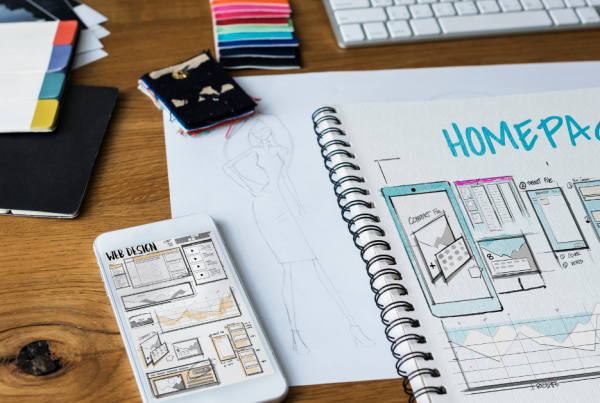Table of Contents
One of the lasting messages we see across the world of web design is the idea of inspiring creativity. Designers everywhere are encouraging us to find our inner artist by any means possible.
In many ways, that makes perfect sense. Our jobs require a certain level of creativity – we probably wouldn’t be in this line of work without it. But that doesn’t mean endless creativity has to flow through our veins. It’s just not realistic.
What we never hear mentioned is another essential skill: Practicality. I know, it sounds like something your grandparents would talk about. But I’d argue that it’s just as – if not more – important than being creative.
Practical Matters
Being practical may mean different things to different people. For designers, it’s all about doing things in a safe and well-thought-out manner. The results show up in things like placing navigation where users are most likely to expect it and making sure websites are accessible, among other things.
In other words, our job is to carry out the main mission of virtually every website: Build something that allows users to access the information they need as painlessly as possible. You can’t do that without being at least a little practical.
Back in the early days of web design, practicality wasn’t often a consideration. Since the web was a new medium, the philosophy was often more about throwing a bunch of components together and seeing what would stick.
I think about the first websites I built and how little consistency there was from page to page. There wasn’t a whole lot of thought put into why I did things – I just did them.
But as the web has matured, we have seen the light of what practicality can do for design. What the best designers have found is that all the crazy special effects in the world mean nothing if they take away from the purpose of the website. Being practical means that we’re only adding bells and whistles that enhance the user experience – not take away from it.
When Creative Solutions Turn Practical
Where creativity comes in is not only about aesthetics, but also finding solutions to potential problems. For example, some wise soul out there decided that mega menus were the answer to helping people navigate a site with a large amount of categorized content.
That’s not to say we don’t still have room for a more unbridled type of creative work. There are still designers out there working to build experimental interfaces and pushing the boundaries of what works on the web. Those renegades are still an important part of the overall picture.
Their risk-taking is an essential part of moving things forward. And, their successes may very well become the next mainstream solution to whatever issues we face.
The Practical Approach to Design
How, then to add practicality to your design arsenal? The good news is that you’re most likely doing some practical things every day – even if you aren’t really thinking about it in that way.
The process of planning out a project, for instance, is a very practical thing to do. Figuring out content structure and the specific needs of the site you’re working on are the first steps. From there, you move on to prototyping, revision and implementation. It all sounds like a pretty well-thought-out way to do things.
Beyond that, the key is to think about the challenges you face and how to best approach them. Think it out rather than go for the first idea that pops into your head. Look deeper into the potential issues each idea can resolve, along with any unintended consequences that will go along with it. In the end, make your decision based on what makes the most sense for users.
At that point, it’s time for your creativity to kick in. Implementing the choices you’ve made will require a creative touch. Going back to the earlier example, if we decide that using a mega menu is the best route to go, we then need to carry out the task of building it using our imagination. The menus will need styled, organized and any special touches can be added in from there.
If you’re working on a problem so unique that it either doesn’t have a practical solution or the ones out there aren’t so great, you can then use creativity to make things better. Remember that everything now considered practical was once radical to someone out there.
You Need Both
While creative inspiration may be the sexier subject, a practical approach to web design is just waiting for someone to give it some love – and rightfully so. It, after all, is a big part of the overall equation when it comes to creating a great website.
Therefore, this is my ode to practicality. Let’s celebrate all it does and can do for us. Alright, now it can go quietly into the background. Bring on the creative inspiration posts.
This article was originally published in 15 September 2017. It was most recently updated in November 28, 2022 by























